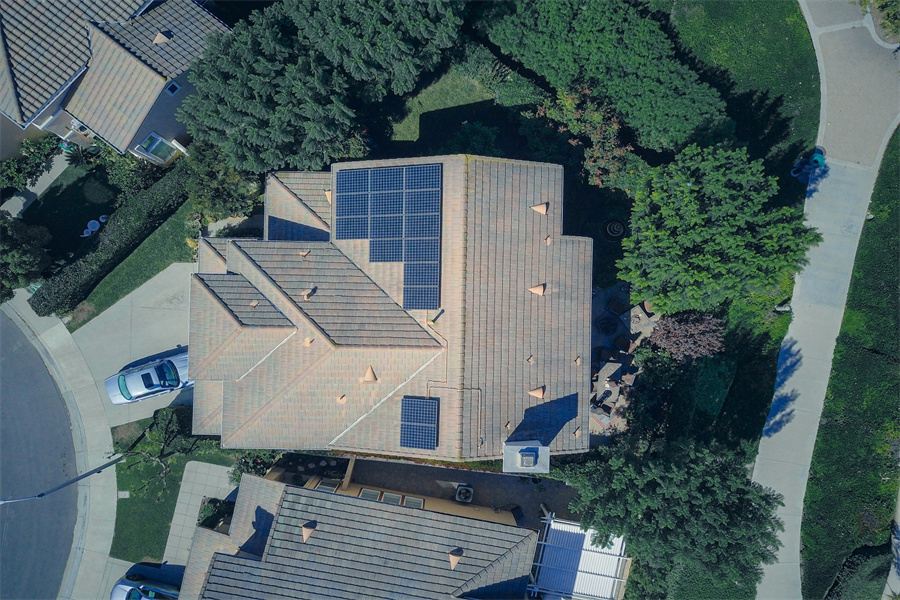Energy Improvements in Rural or Remote Areas Selections for Award Negotiations
time:2024-02-29 10:22:56 Views:0 author:Jinan Freakin Power Ltd.
Advancing Energy Sovereignty for Taos Pueblo
This project seeks to install a 5 MW solar photovoltaic (PV) and 10 MWh battery storage system located on Taos Pueblo lands in New Mexico. The project strives to eliminate an estimated 279,210 metric tons of greenhouse gas emissions per year over its 25-year lifespan and facilitate a 33% reduction in energy costs for 2,500 rural, Taos Pueblo Tribal members. Taos Pueblo, as owners of the project assets, will receive income over the project’s generating life, which it anticipates passing on to Pueblo citizens through a direct credit of approximately $700 per household annually. Taos Pueblo is the only living Native American community designated as both a World Heritage Site and a National Historical Place, and the Tribe ranks in the 94th percentile of energy-burdened communities, with 42% of households living below the state poverty line.
As part of its Community Benefits Plan, this project plans to partner with Santa Fe Community College to aid in local workforce training, as well as provide apprenticeship opportunities for Taos Pueblo community members. Additionally, the project’s lead applicant, International Center for Appropriate and Sustainable Technology, and the City of Taos have solidified their partnership through a Good Neighbor Agreement, outlining measures to address potential impacts on the city and its residents through active engagement with city officials and community leaders.

Alaskan Tribal Energy Sovereignty
This project aims to deploy high-penetration solar PV and battery storage systems into existing microgrids in eight remote tribal communities currently relying on diesel for 100% of their electrical production. All eight tribal communities are inaccessible by road and have limited seasonal accessibility by boat or small airplane, which leads to electricity costs that are more than four times higher than the national average. In collaboration with the Alaska Village Electric Cooperative, the project team plans to modernize grid infrastructure, provide job training to tribal communities and develop Alaska’s largest tribally owned and operated Independent Power Producer (IPP). The project will strive to offset the region’s diesel consumption by 40%, which will lower energy costs and reduce greenhouse gas emissions by more than 1,550 metric tons per year over the project’s 25-year lifespan.
As part of its Community Benefits Plan, this project aims to improve grid reliability, enhance air quality, and decrease community energy burdens with potential savings of more than $100,000 annually. Moreover, the tribal ownership model is projected to generate a net income of $150,000 annually, which can be shared with tribal governments and used to develop future renewable projects in tribal communities across the region. The project team plans to engage with the communities through radio, online/print publications, and quarterly engagement meetings with village councils, and establish a utility board of tribal leaders from across the region to oversee the newly established IPP.




